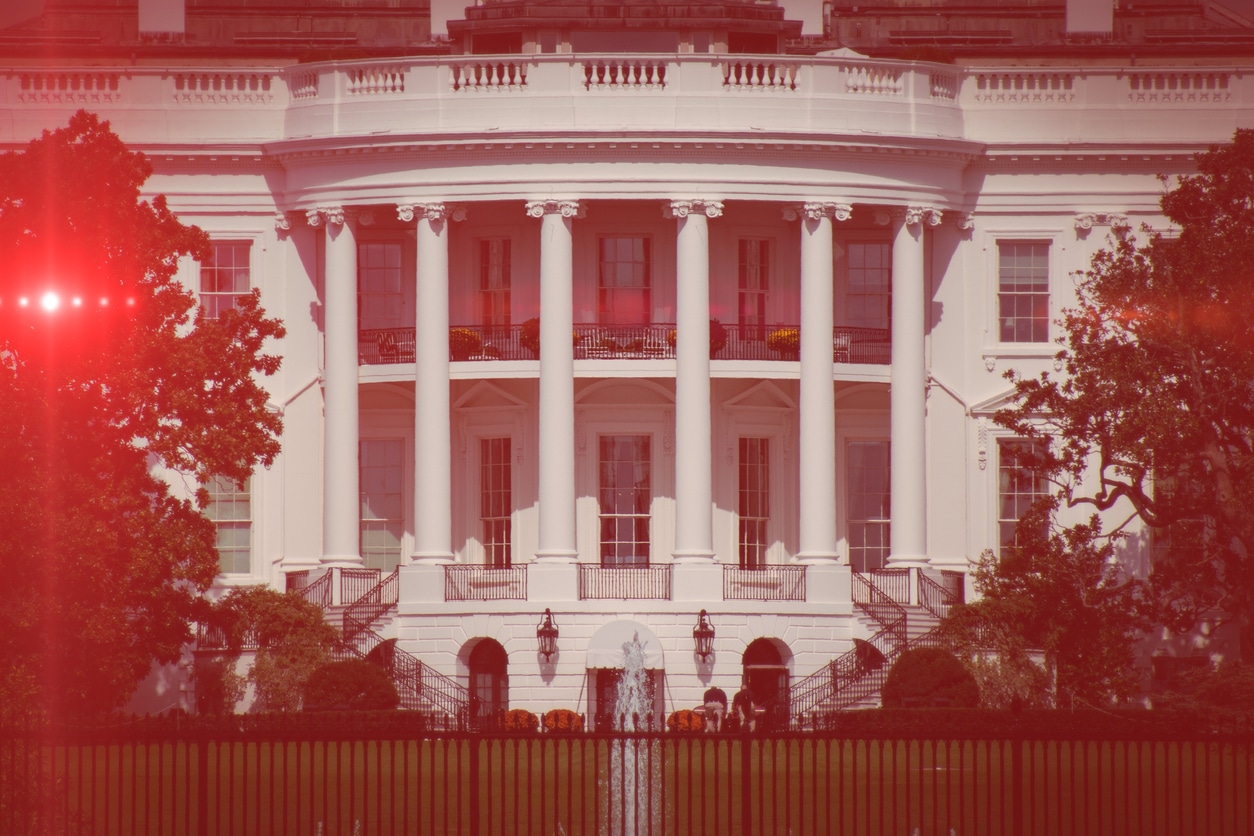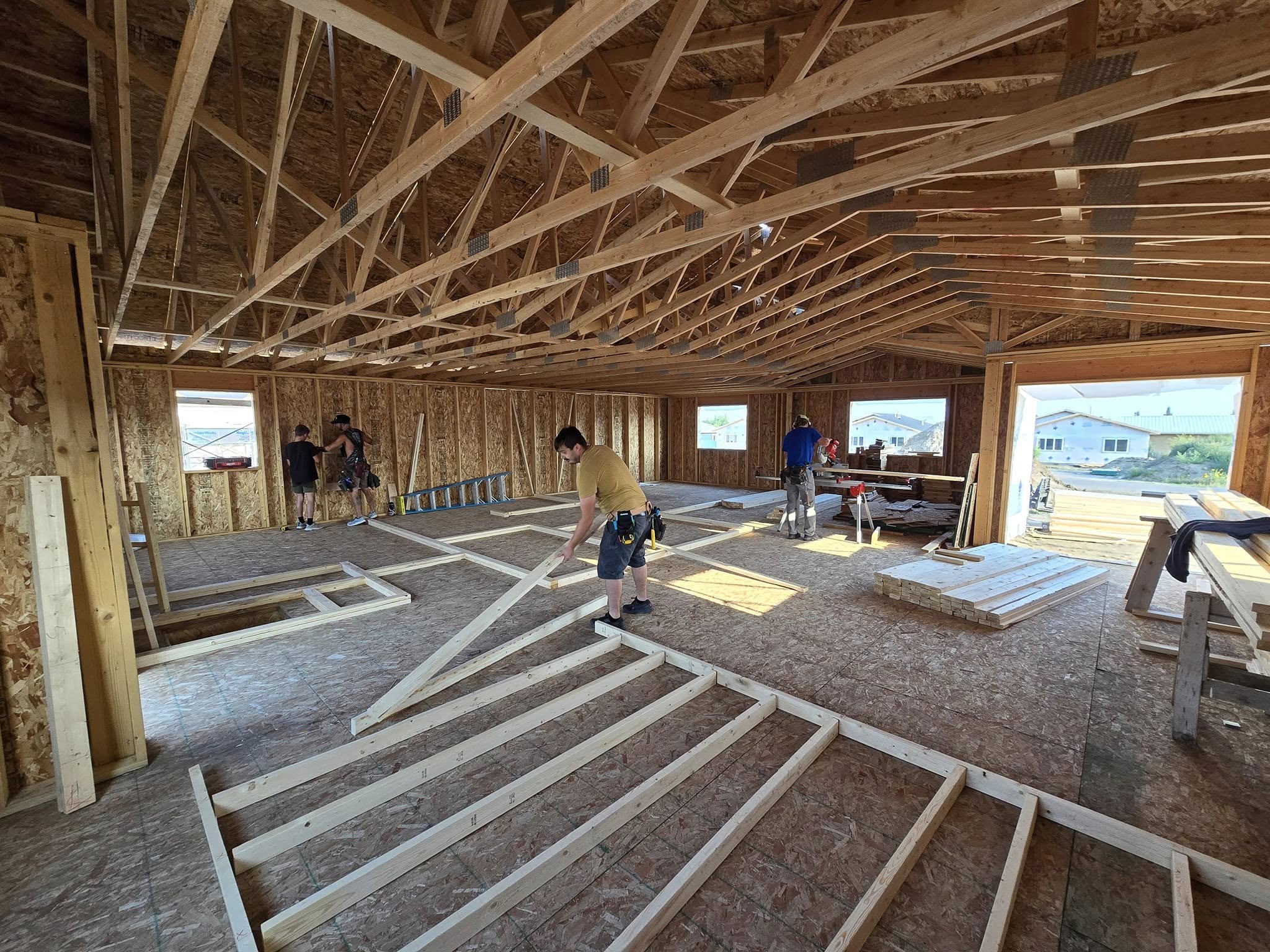In 2009, in Pittsburgh, a city much admired for its bank/CDC collaborations, the lender for a prominent mixed commercial/residential project was requiring new appraisals and changing loan terms, which added significant costs to the transaction. The city had to provide additional capital to keep the project alive. Subsequently, the city shifted $8 million of its deposits away from that national bank to a locally headquartered regional bank that had an excellent track record of financing Pittsburgh CDC projects.
Credit crunch experiences like this have energized community activists to revisit linked deposit initiatives popularized in the early 1990s. In the 1990s, Peter Dreier (NHI board member, now a professor at Occidental College) convinced then-mayor of Boston, Ray Flynn, to create a review commission that issued an annual report card on how well banks were meeting the lending needs of Boston neighborhoods. While the report card was focused on access to municipal deposits, banks became additionally sensitive to the potential for negative media coverage.
As part of its 10% is Enough campaign, in 2010, the Greater Boston Interfaith Organization convinced the outgoing state treasurer (and gubernatorial candidate) Timothy Cahill to announce a new campaign to confront and transfer state deposits away from national banks that were perceived as offering credit terms at rates inconsistent with state usury caps. Sister organizations are seeking similar commitments in other states. The new treasurer, Steve Grossman, (former chairman of the Democratic National Committee), recently issued a “linked deposit”-oriented RFP for smaller, community banks to attract state deposits through the $100 million Small Banking Partnership program, which incentivizes increased lending to local, job-creating entrepreneurs.
Such pressure may continue to be a good idea in the current climate, as long as advocates develop priorities that are achievable and can be monitored in a transparent manner.




Comments